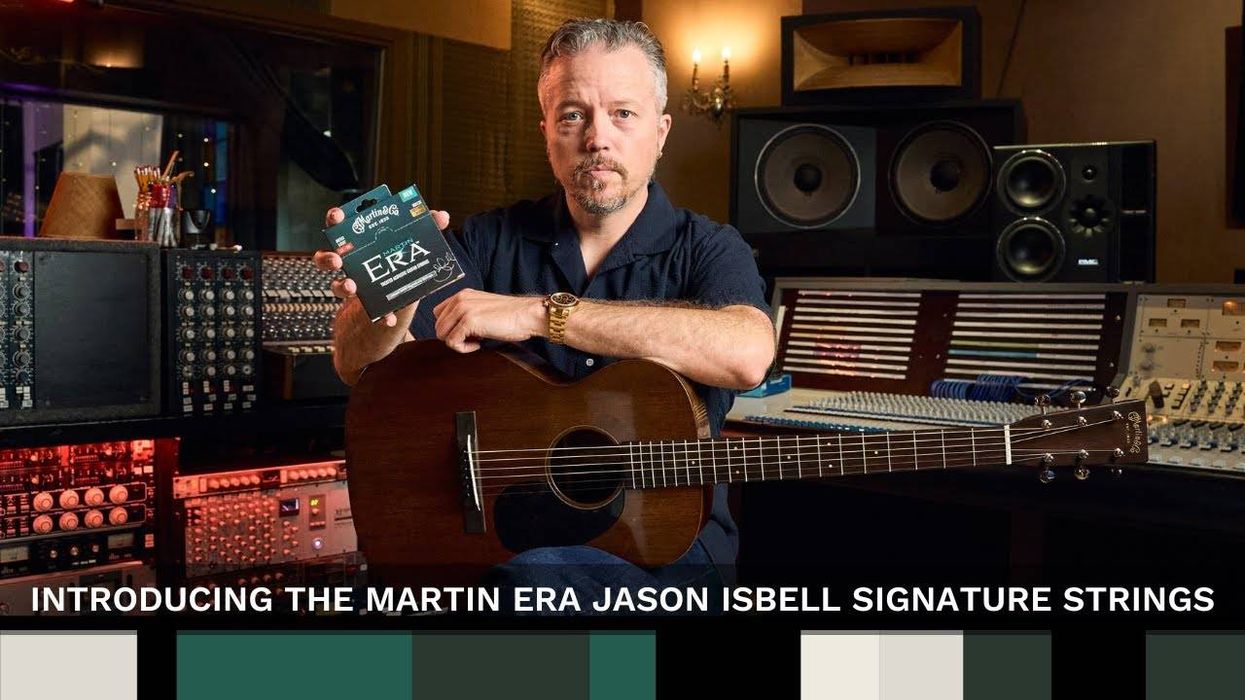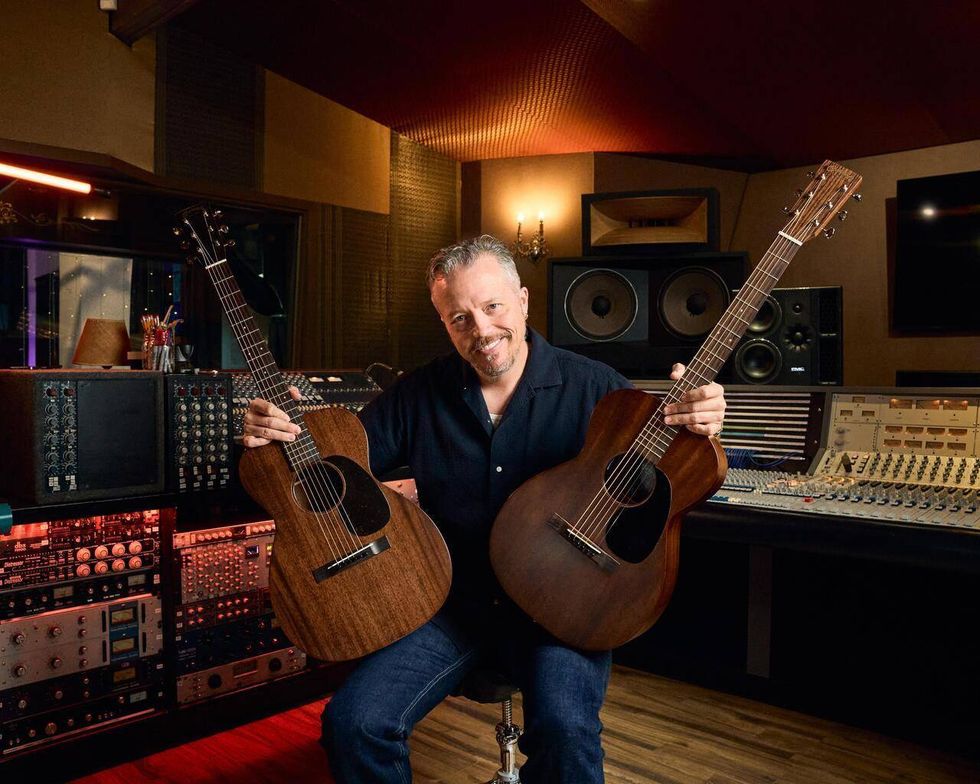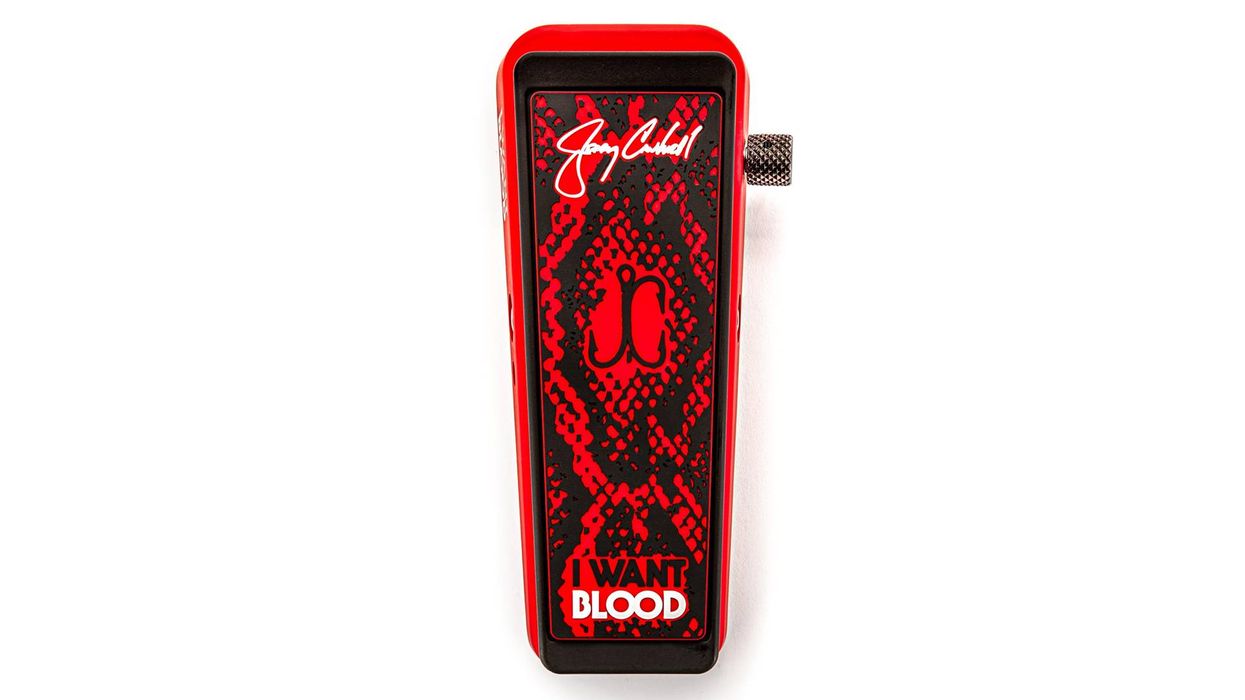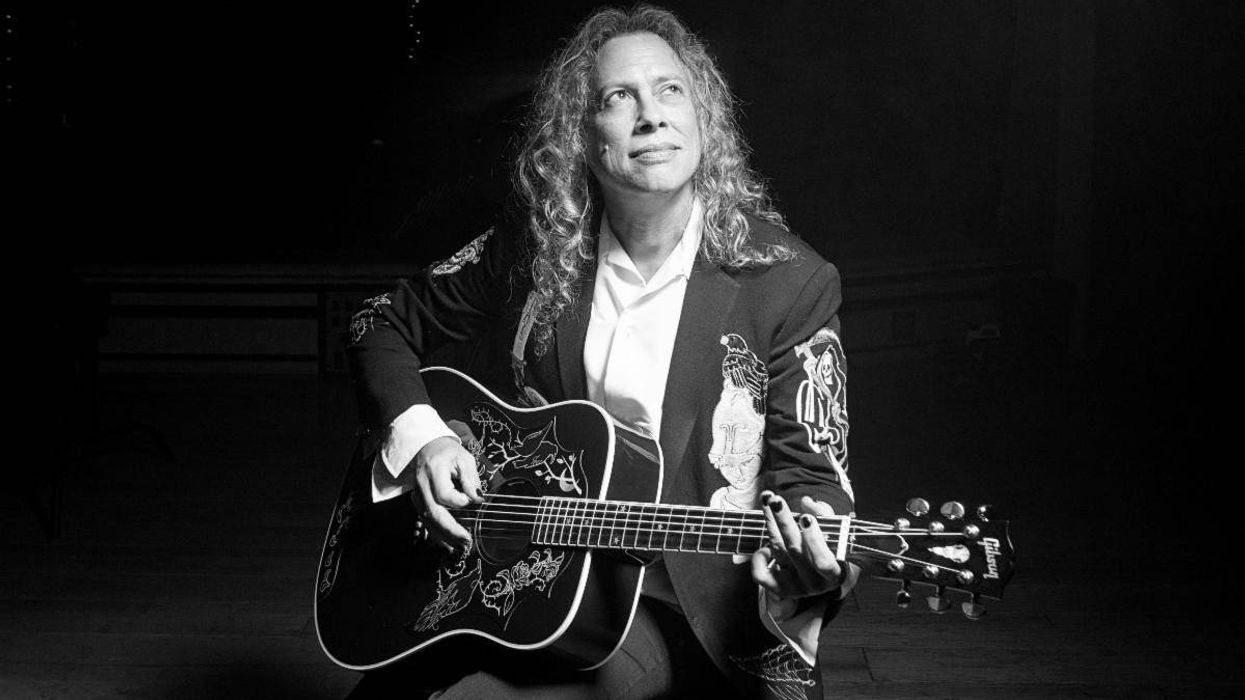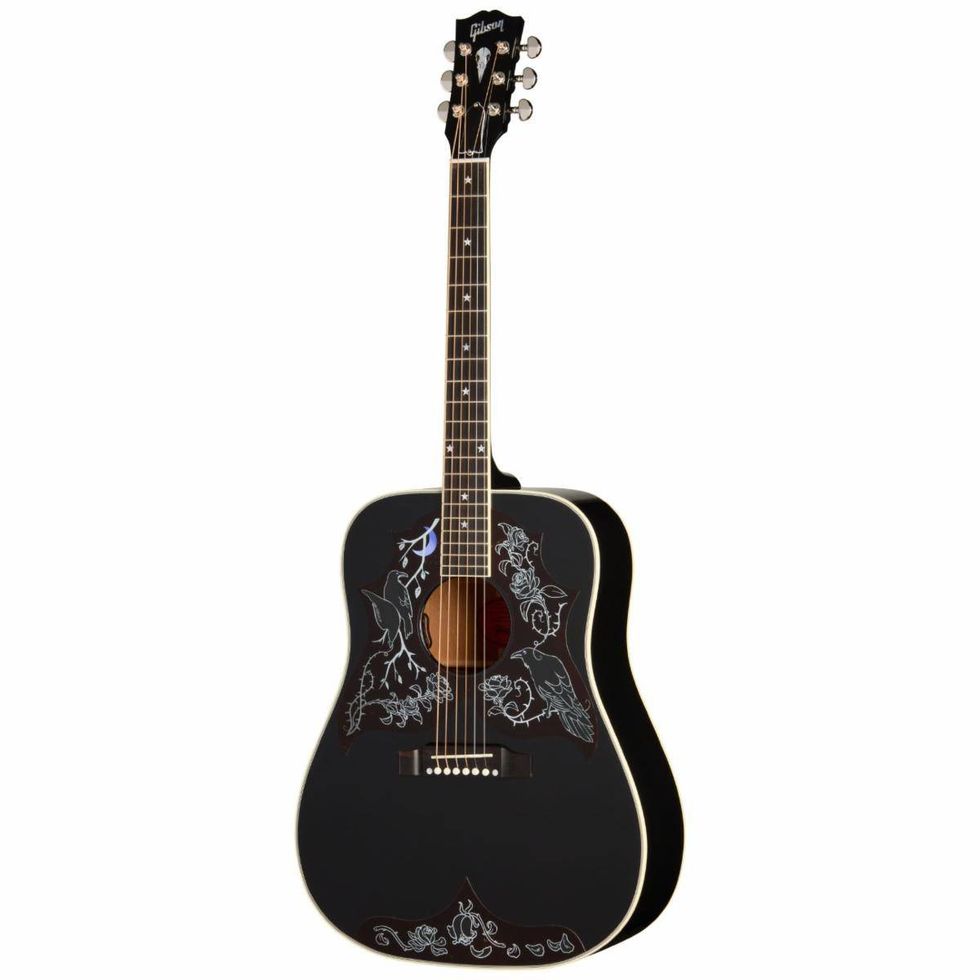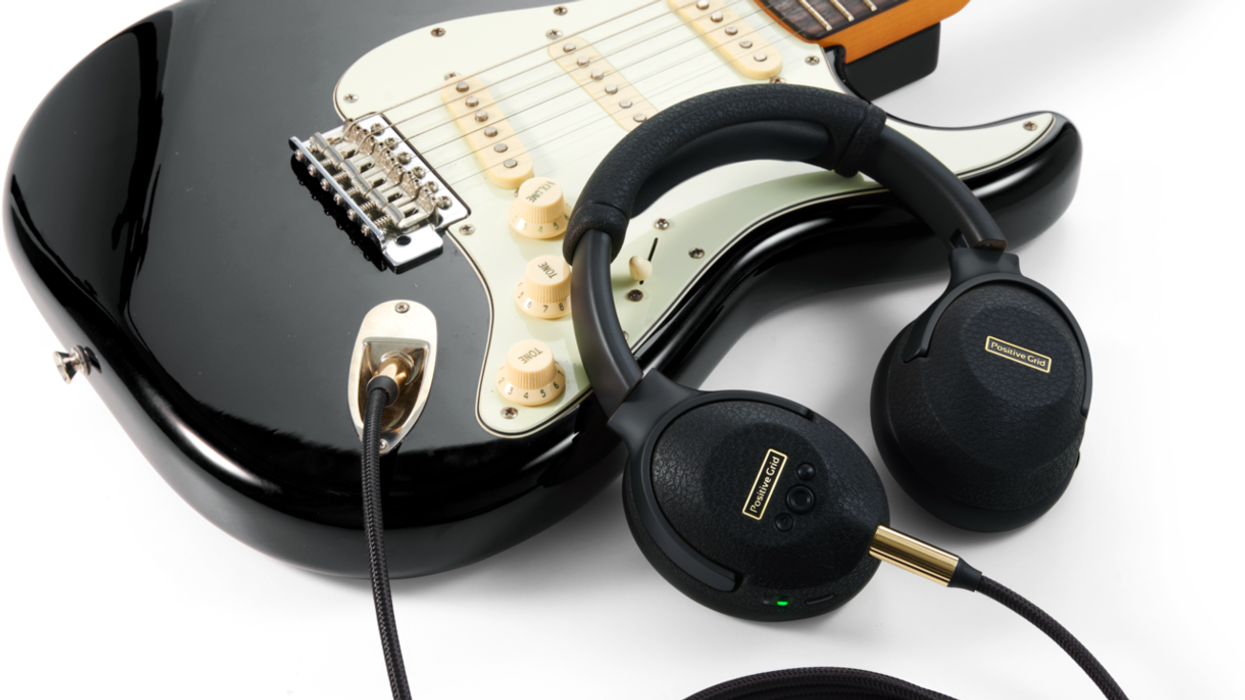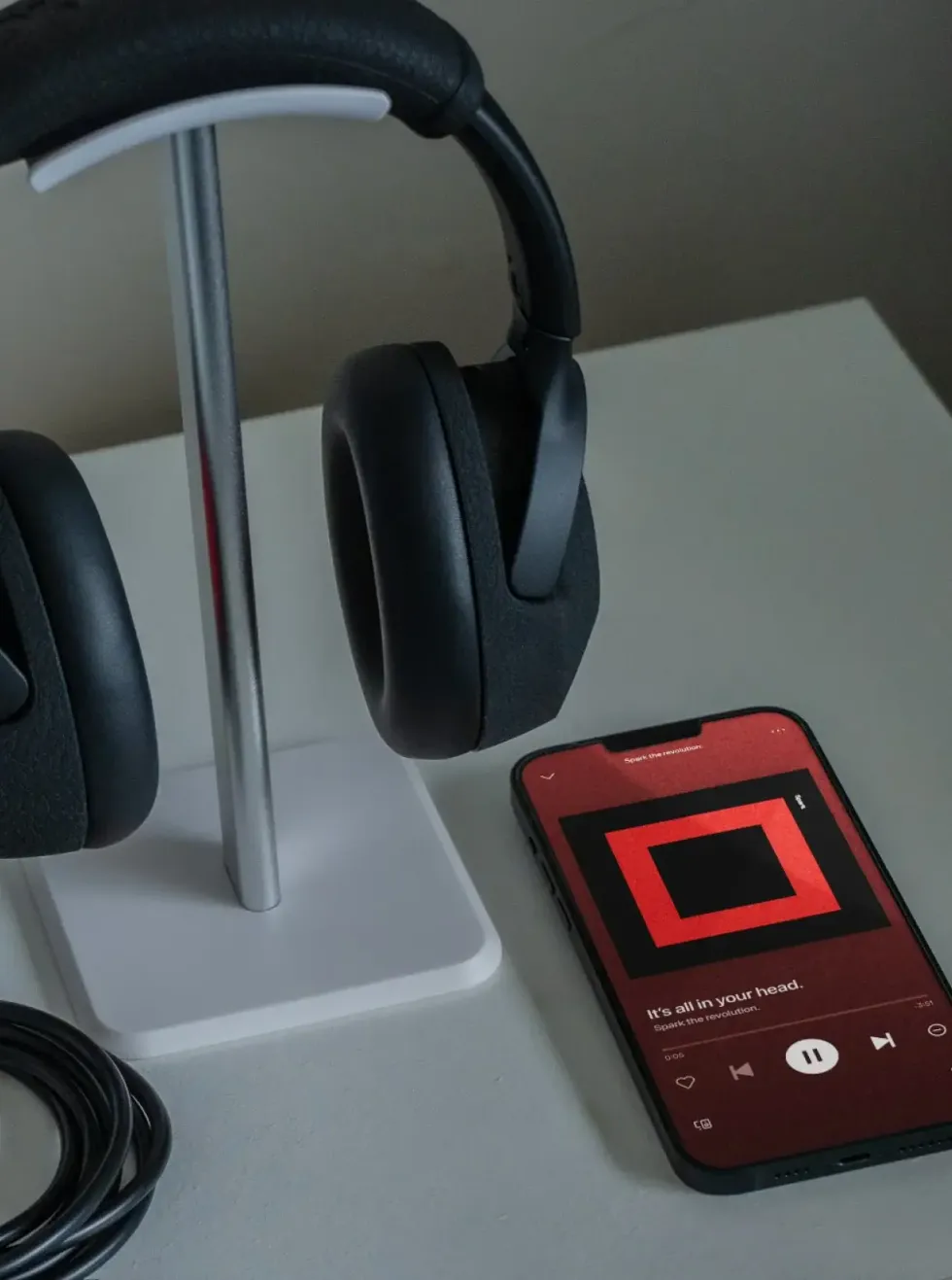A guitar designed to capture the spirit of the outlaw country guitarist, featuring innovative Gretsch "ML" bracing, FT-67 Filter'Tron humbucking pickups, and exclusive western-themed artwork.
This launch comes hot off the heels of Peck’s latest album, Stampede: Vol. 1, a collection of duets with the likes of Elton John and Willie Nelson, which was released earlier this month.
Orville Peck burst onto the scene in 2019 with his acclaimed debut album Pony; a record which combined the lulling ambiance of shoegaze with the iconic melodies and vocal prowess of classic American outlaw country music. Since then, Peck has released three more celebrated records - the 2020 EP Show Pony, 2022’s Bronco and the aforementioned Stampede: Vol. 1 - won a host of accolades, and collaborated with the likes of Shania Twain, Lady Gaga and Diplo amongst others.
Orville Peck Unveils His Limited Edition Signature Falcon | Gretsch Guitars
“It’s been a pleasure working with Gretsch on my signature guitar, and I’m super proud of it,” said Orville Peck. “The white Falcon is such a versatile, beautiful guitar, so we wanted to stay true to the original and keep the classic feel, whilst adding some pizzazz. I think whoever picks up the guitar will be able to show a little bit of themselves through it.”
Gretsch Limited-edition Orville Peck Signature Falcon Hollowbody Electric Guitar - Oro Sparkle
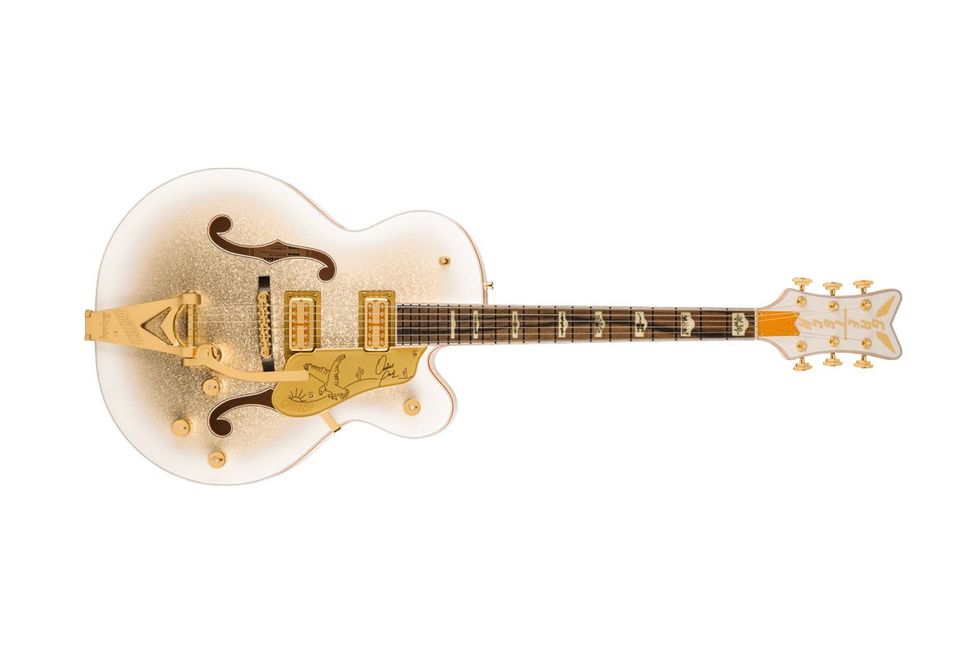
The Limited Edition Orville Peck Falcon captures true iconoclast spirit with mid-century swagger. It features a comfortable 2.5"-deep maple body with the innovative Gretsch "ML" bracing that delivers huge hollow body sound with exceptional clarity and acoustic nuance. A 12"-radius streaked ebony fingerboard with rolled edges and 22 medium jumbo frets tops a 25.5"-scale maple neck with a comfortably familiar standard "U"-shaped profile for fluidly easy playing, while Luminlay side dots offer precision fretting in low-light settings. The Limited Edition Orville Peck Falcon is powered by the all-new FT-67 Filter'Tron humbucking pickups, which were designed to capture authentic vintage Gretsch voicing but with a more well-rounded tone for modern playing styles. This powerful pair of pickups provide open and pristine top-end chime, glassy midrange, robust low end, and balanced harmonics for tone that blends seamlessly with other instruments.The guitar features the Bigsby B6GP String-Thru vibrato tailpiece, making it quicker (and easier) to change strings, as well as providing increased vibration transfer for enhanced sustain. Elsewhere, it features exclusive western-themed artwork by Judith Rothman Pierce of RoseCut Clothing on the gold plexi pickguard and aged pearloid Humpblock fingerboard inlays, adding a distinctive style and vibe that manages to be both fresh and classic at the same time.
For more information, please visit gretschguitars.com.
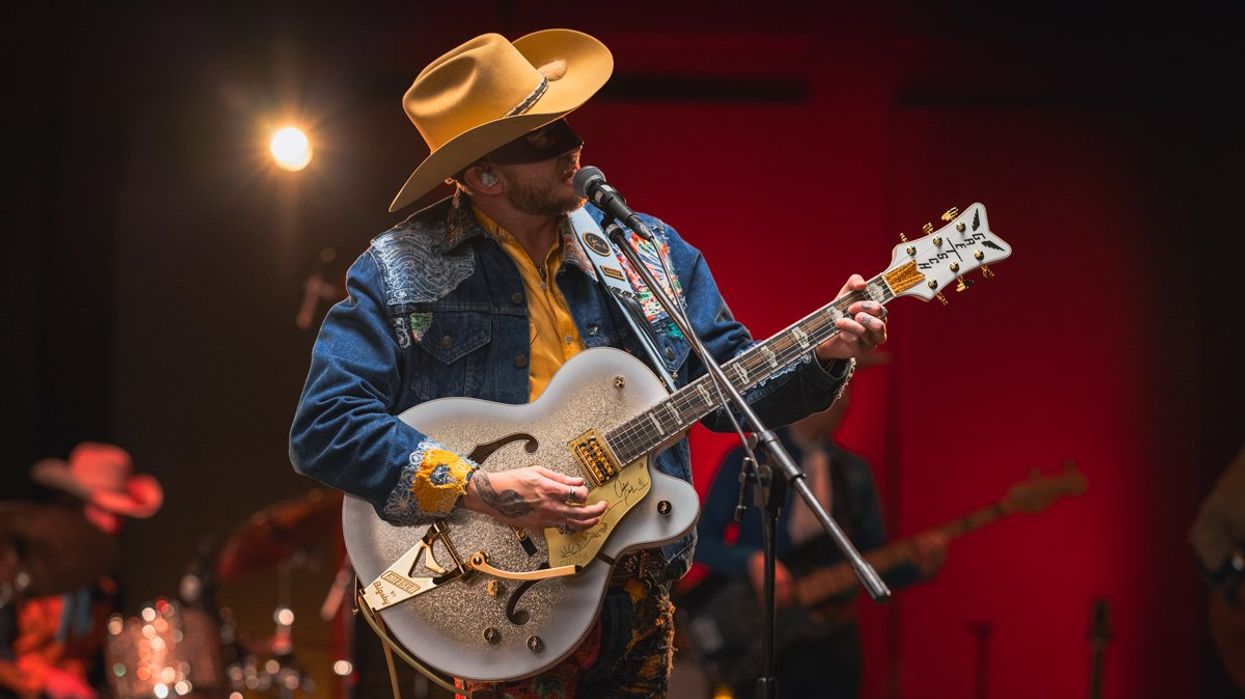
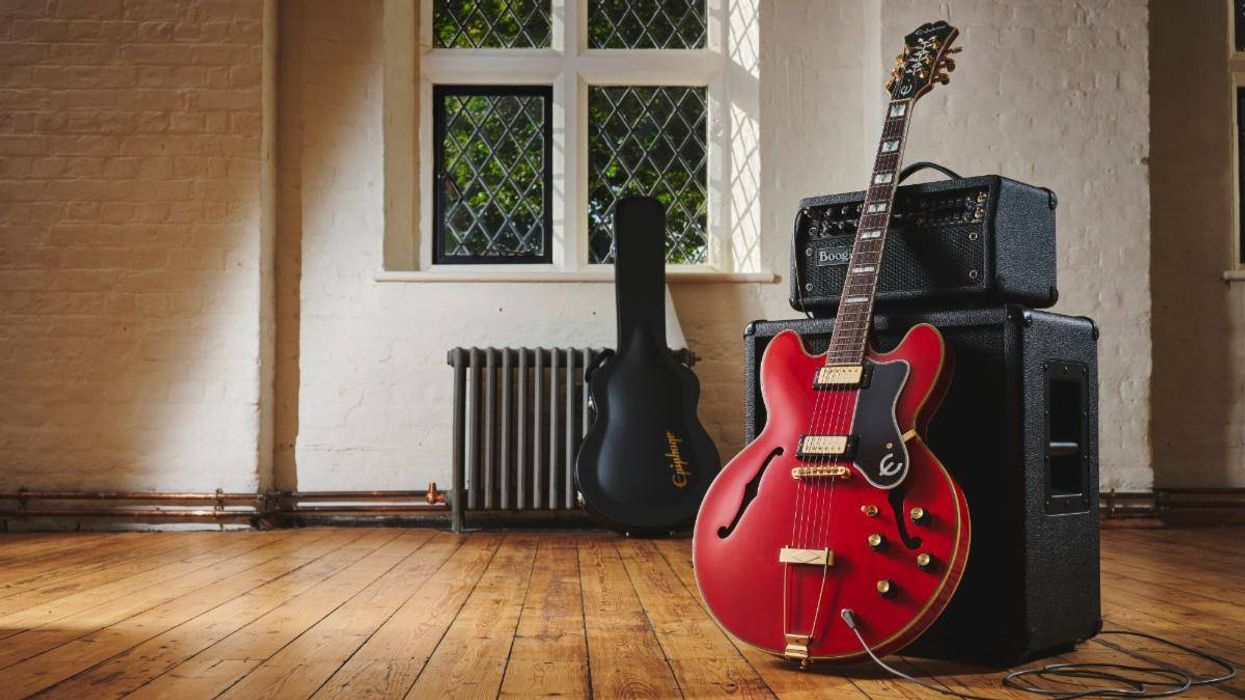
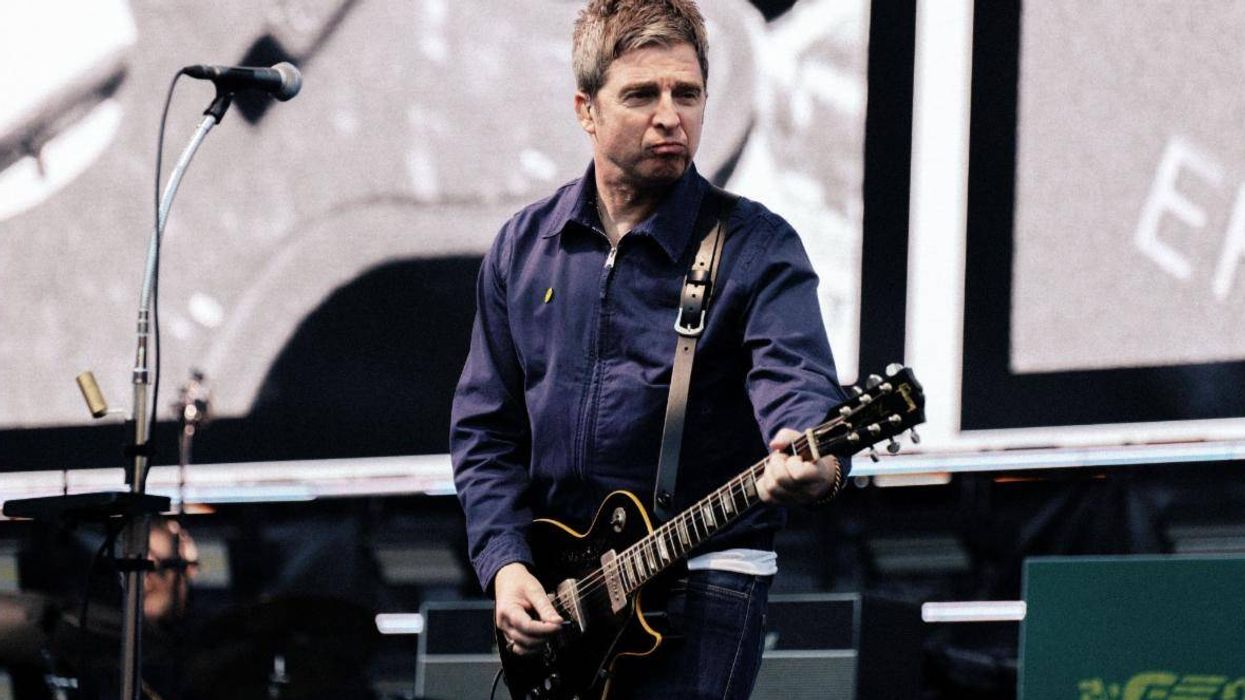
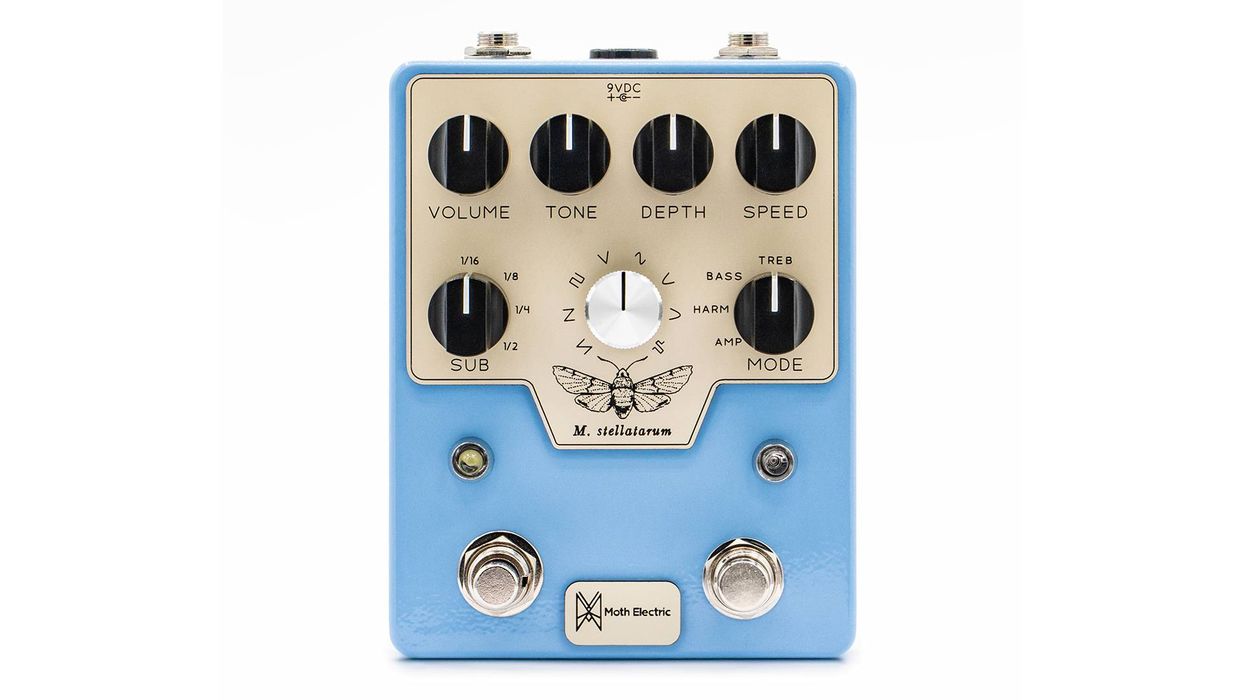
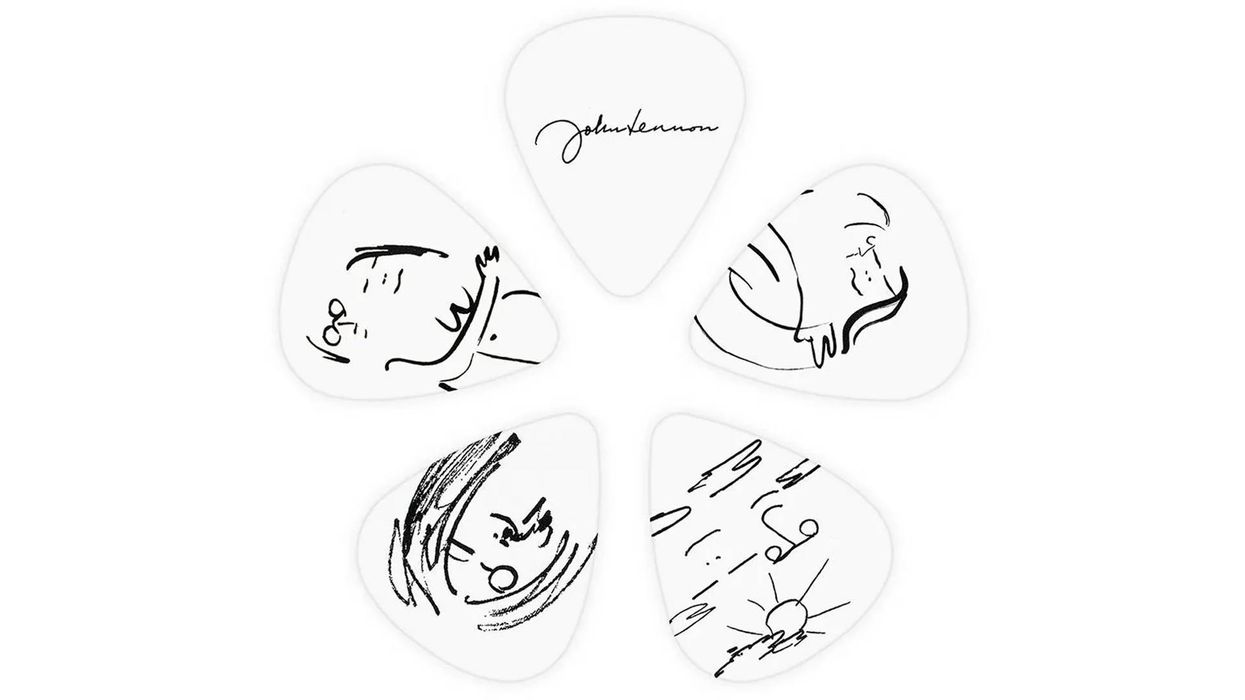
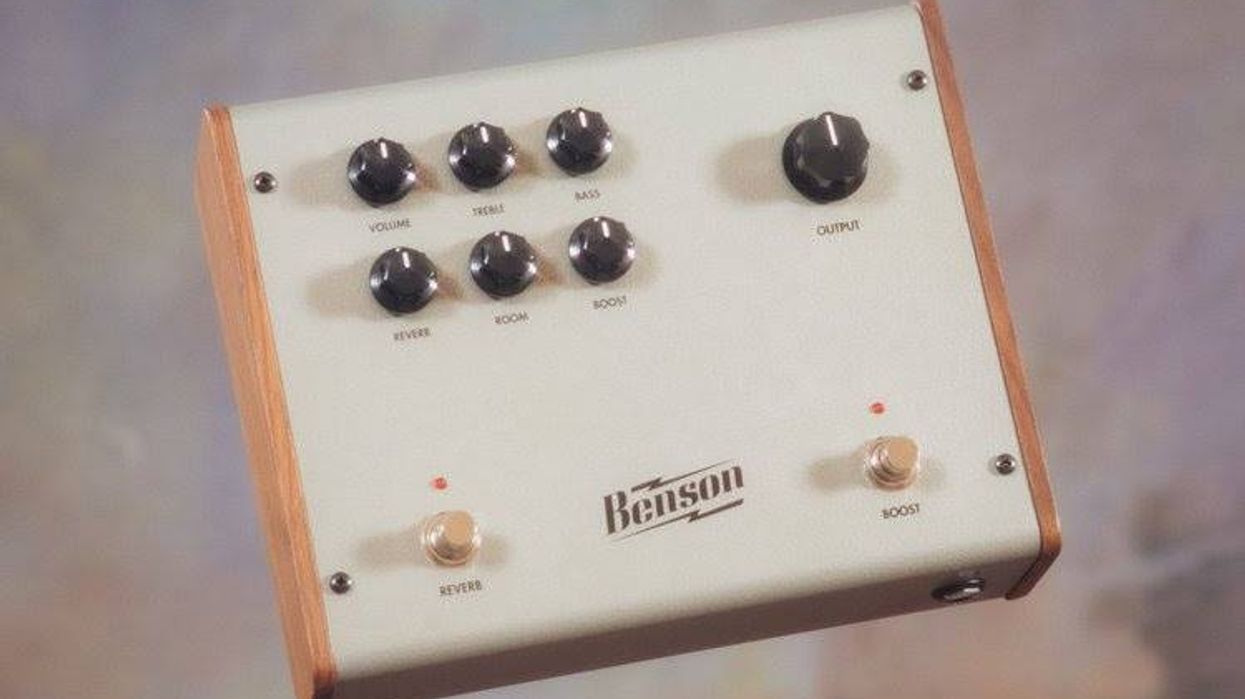
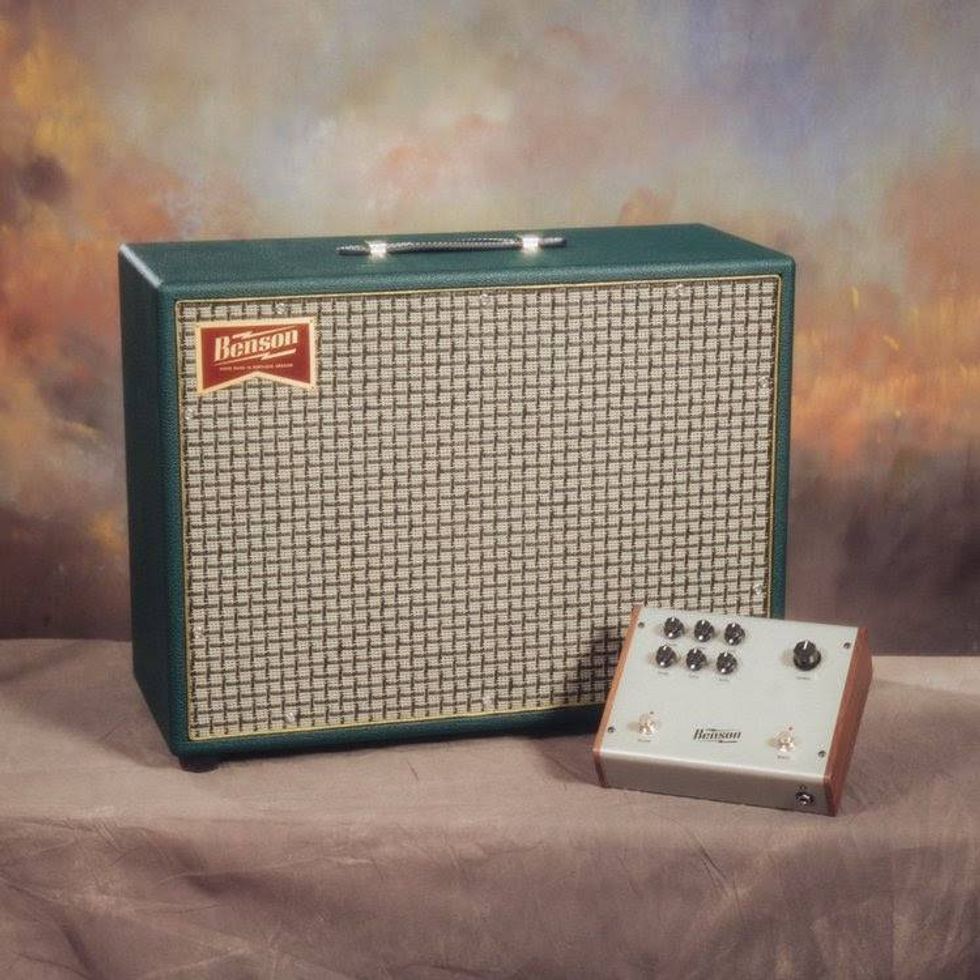
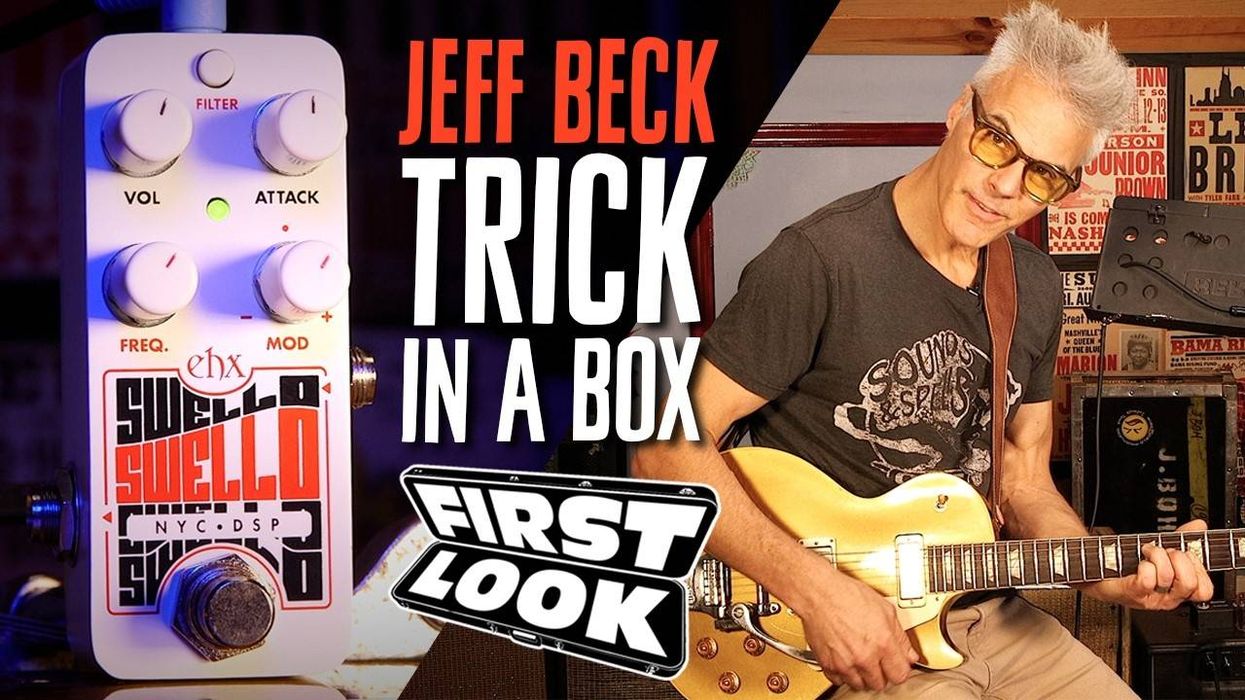
![Devon Eisenbarger [Katy Perry] Rig Rundown](https://www.premierguitar.com/media-library/youtube.jpg?id=61774583&width=1245&height=700&quality=70&coordinates=0%2C0%2C0%2C0)




